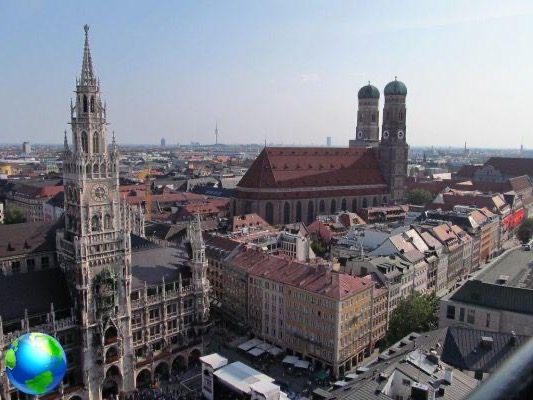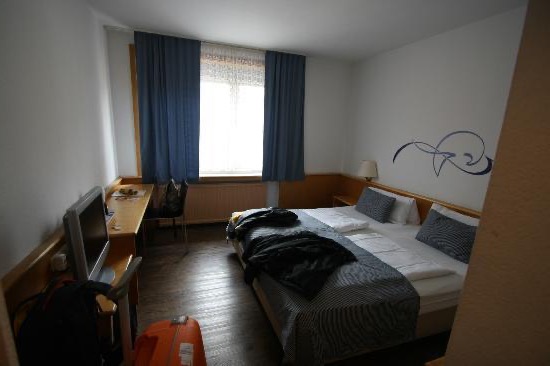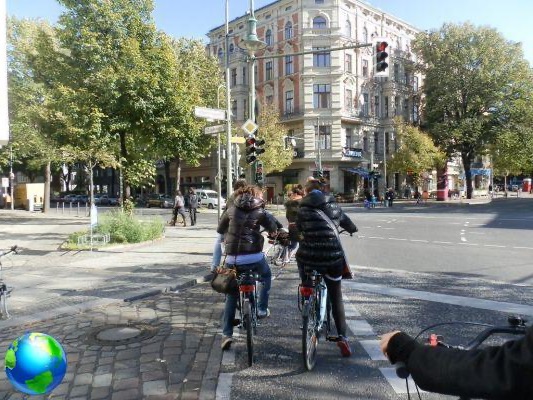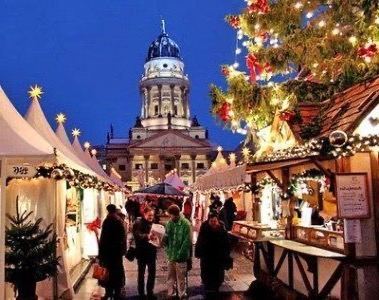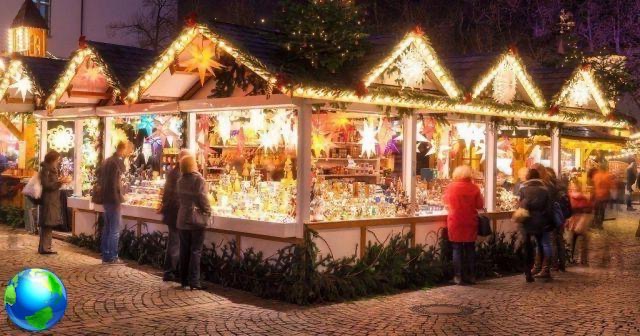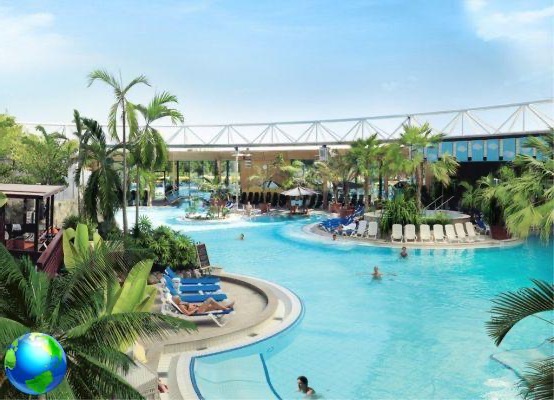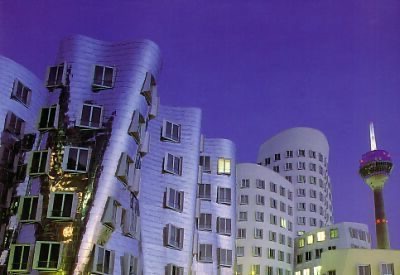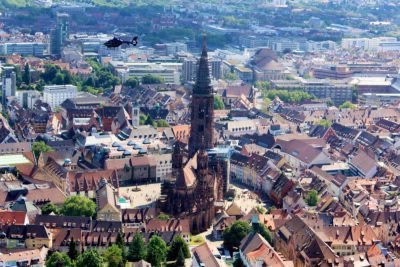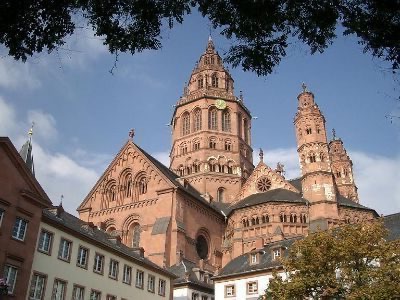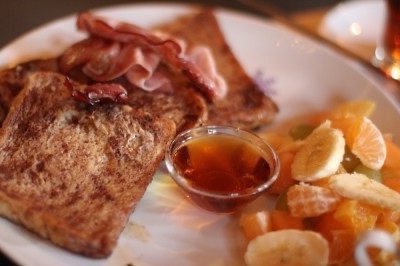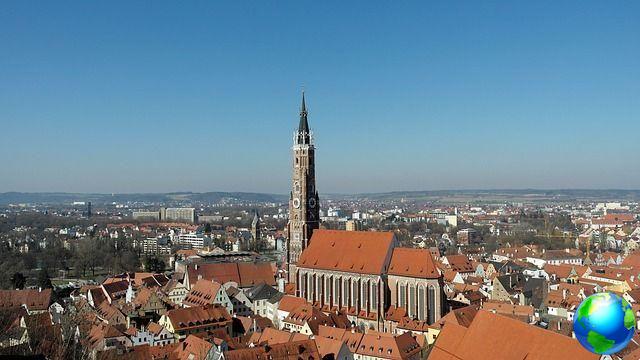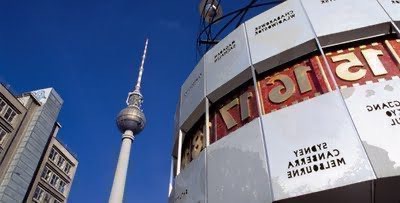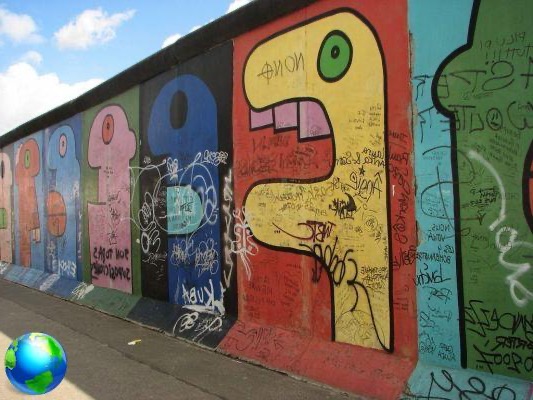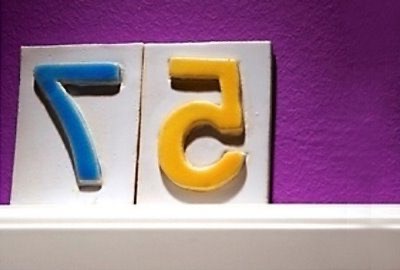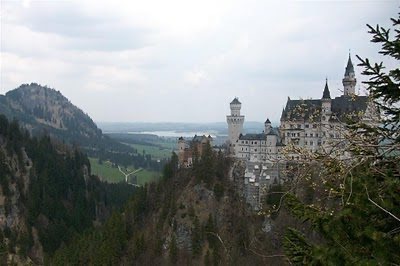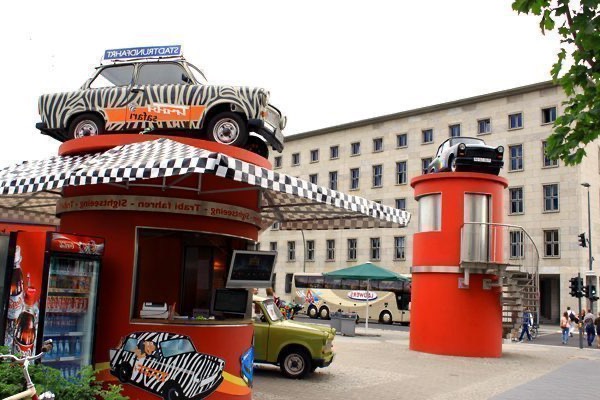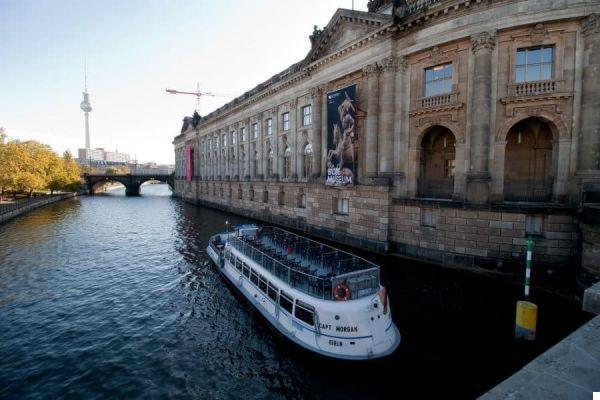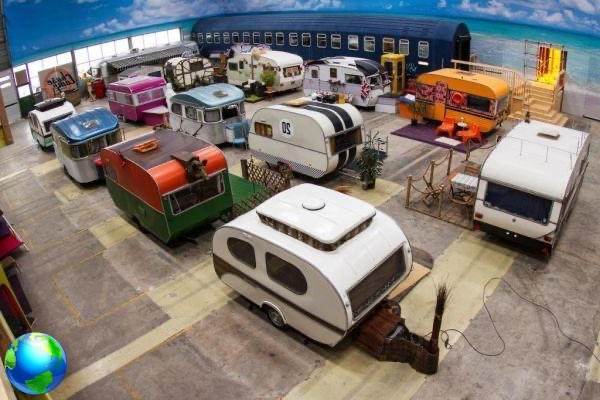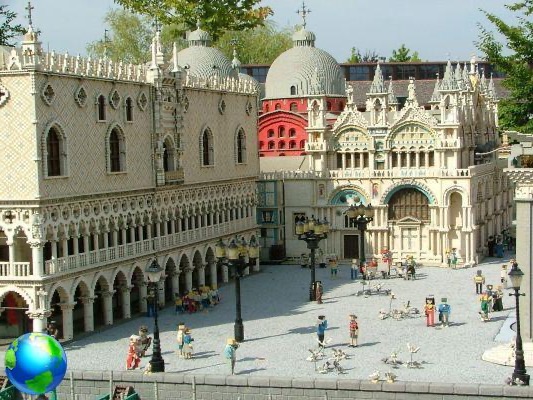The DDR Museum is interactive and located in Berlin, tells about daily life during the German Democratic Republic in Germany. A museum located on the Museum Island and worth visiting.
A Berlin there is a whole block where most of the city's museums are concentrated: this is the Isle of Museums, the museum island, right in the heart of the Mitte district. You can choose between the Altes Museum, the Pergamon or the Bode Museum: a paradise for lovers of art and history. I didn't have much time available, so I had to make choices, deciding to see certain things and put others aside, with the intention of returning to Berlin soon.
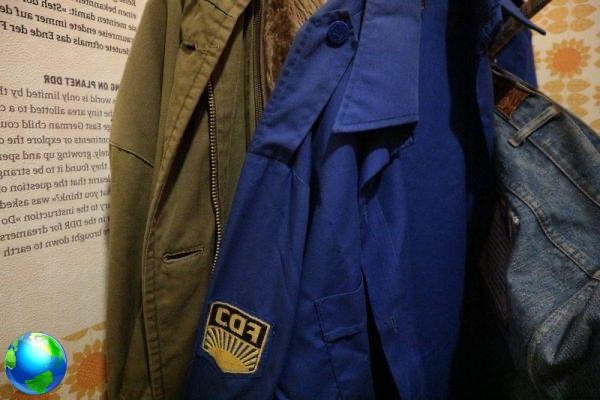
So on a cold afternoon in early November I decided to cross the bridge over the Spree, to leave the Duomo and to go down the few steps that lead to the entrance of the DDR Museum. It is not a museum in the classic sense of the term: in reality it is an interactive exhibition, a story that shows the past through objects, sounds and images. The purpose is to describe everyday life in the times of German Democratic Republic.
In a city like Berlin, the wounds of the past will also be healed, but the memory of the pain remains: along the way East Side Gallery, where almost a kilometer and a half of the wall has remained intact so that it is impossible to forget, or al Memorial of the Wall by Bernauer Stasse, where it is not difficult to understand what it meant to live in a divided city.
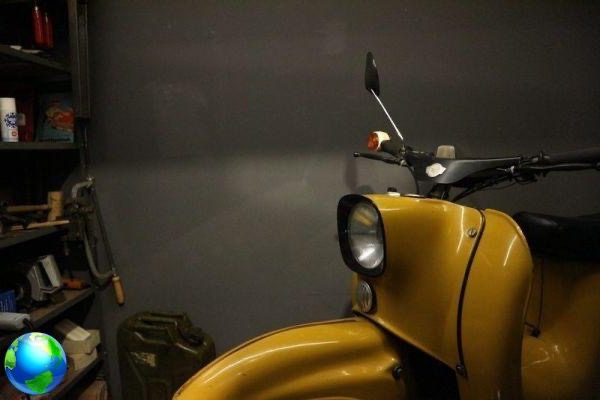
Capitalism in the west, socialism in the east: on both sides of the wall. Historical events are more or less known, while very little is known about how the daily life in the former East Berlin. The museum tries to answer a series of simple questions, which however make us reflect: how did people live? How did the state affect people's choices? How did the dictatorship limit free will?
The sections of the DDR Museum try to provide immediate and concrete answers, through objects of daily use that you can look at and touch, passing from the theme of school to that of the work, from food al free time. So, for example, you can leaf through the magazines authorized by the regime, watch the films of the GDR in a reconstructed cinema. It is also possible to get on Trabant, the people's car, get behind the wheel seeing the projected images flowing on the windshield that give a very vivid idea of what the urban landscape was like in the times of Soviet Berlin.

The most realistic part is the one dedicated to the reconstruction of a people's apartment. It feels like you've been catapulted back in time, and it's not a pleasant feeling. When you go through the elevator - real but still - you have the illusion of being right in one of the popular apartments. The elevator leads to a landing which leads to a five-room house, where even the wallpaper takes us directly to East Berlin. You can imagine what it meant to live in a world where it was imposed how to dress, what to eat, what to read, how often to shower and what to think.
La reconstruction it is extremely realistic, starting with the living room complete with a television, bookcase and typewriter. In the kitchen there is still an original refrigerator, in the master bedroom there are clothes hanging in the closet and in the children's bedroom the toys on the desk. The bathroom is almost luxurious, if you consider the standards of the rest of Europe in those years: it was there water current and even one washing machine. Not to mention the heating centralized.

The message the state wanted to convey was simple and direct: the inhabitants of the GDR had access to modern living standards under Socialism. In fact, the percentage of homes with heating was very low in the years immediately following the Second World War. Very few people had the privilege of bathing at home, and few could afford to provide an education for their children. But, like all totalitarian regimes, even the Socialism of the GDR had its dark sides. Nobody could escape the absolute control exercised by the Stasi, the Ministry for State Security, which essentially spied on citizens. In the rooms of the museum it is possible to see how all the people were under close surveillance through the bugs placed in the apartments. An interrogation room and a holding cell have also been recreated.

When you leave the museum you feel almost a sensation of relief, to the point that you can appreciate the cold air coming from the north. Going through the rooms creates no little discomfort, even for the conflicting messages. For example, the kitchens of the people's apartments were very modern, but the food was rationed; the bathrooms had hot water and a bathtub, but it was the state that decided when and how much you should wash. Children were encouraged to read, but only approved books.
What is clear is that life in the GDR has been synonymous with deprivation, hunger, repression and terror. I have a doubt, however, as I walk briskly towards Alexanderplatz: did the visitors who in the museum rooms encouraged children to take selfies next to the Trabant really grasp the significance of this exhibition space? Maybe it's not the ideal place if we don't know something about the past. Maybe we tend to forget what happened too quickly.




